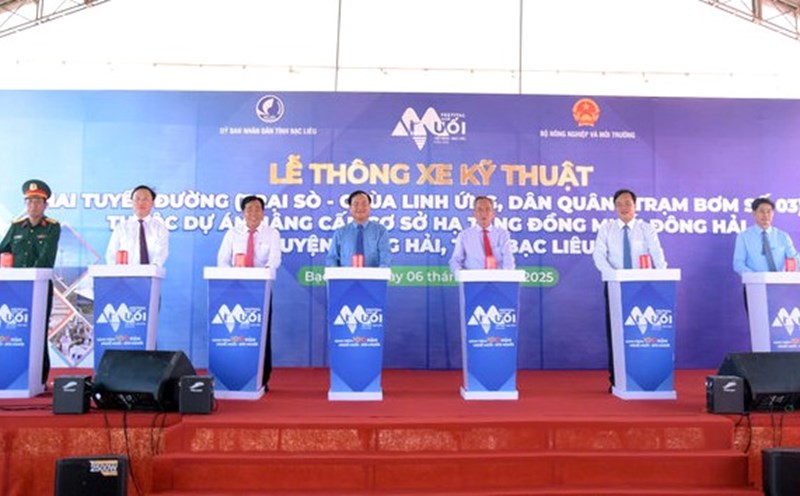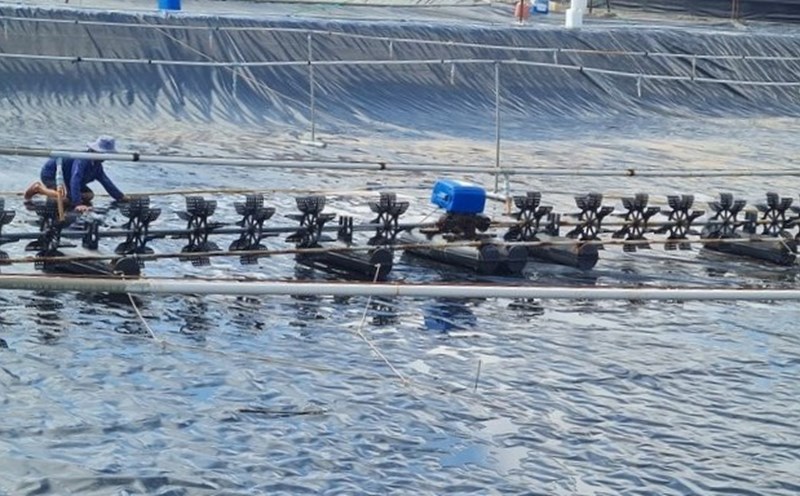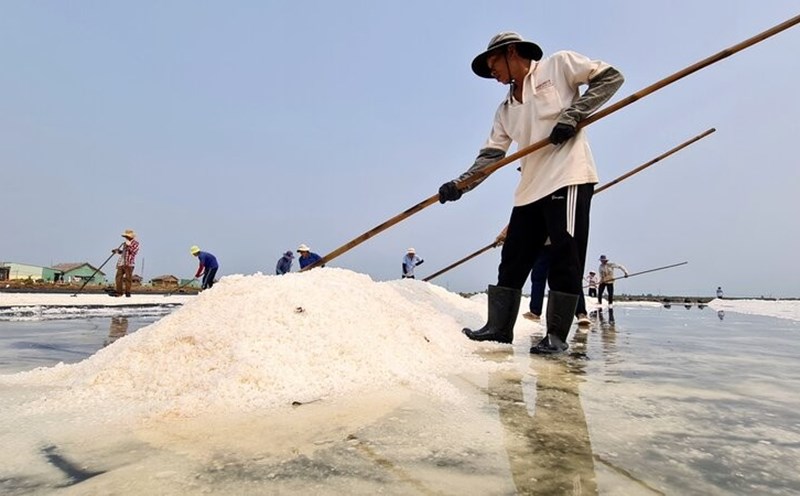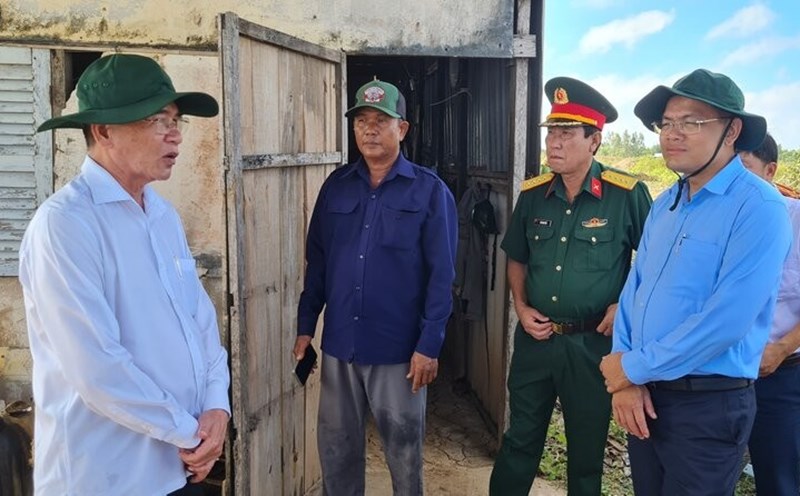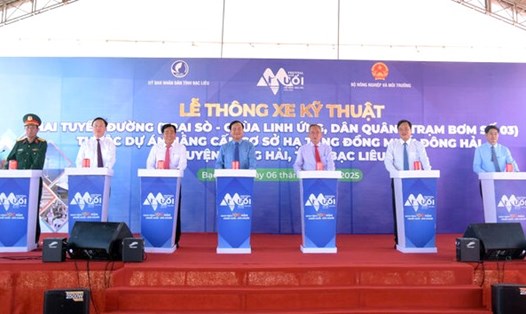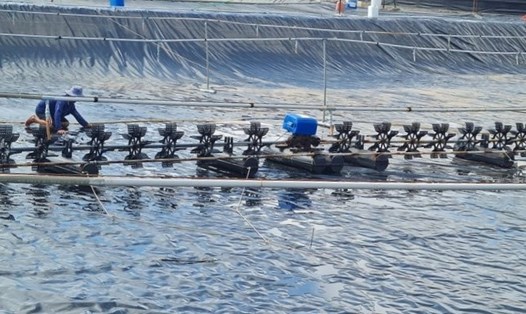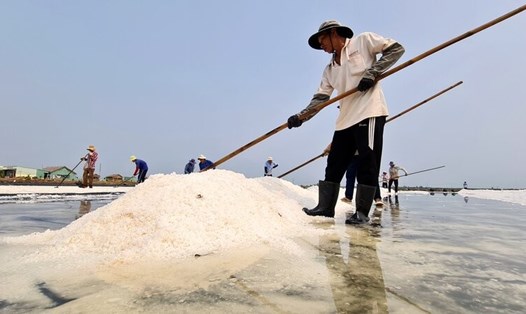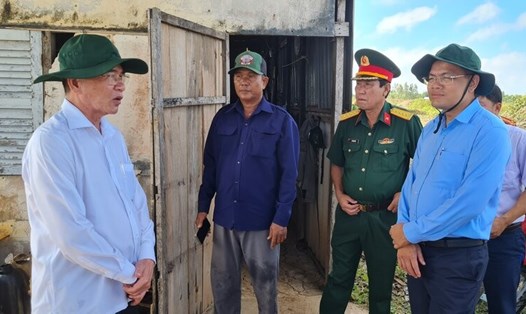Within the framework of the Vietnam - Bac Lieu Salt Craft Festival in 2025, on the afternoon of March 7, the Ministry of Agriculture and Environment in coordination with the People's Committee of Bac Lieu province held a conference to review the implementation of Decree No. 40/2017/ND-CP of the Government on salt production and trading management.
The report of the Ministry of Agriculture and Environment said that the average salt output in the period of 2017 - 2024 reached an average of nearly 1 million tons/year. The average salt production labor force in the 2017 - 2020 period is 41,247 people, by 2024 will decrease to about 19,000 people. The average income of salt workers is 40 million VND/person/year, equal to 70% of the average income per capita of the whole country.
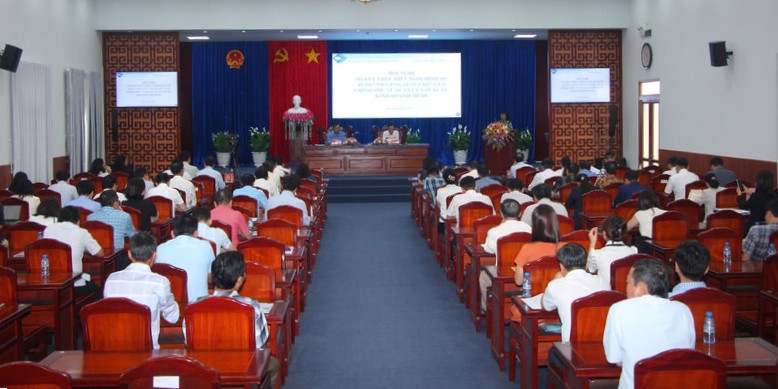
Regarding production methods: The whole country currently has 19 provinces and cities, including 40 districts and 116 communes with salt production (North: 5 provinces, Central region: 7 provinces, South: 7 provinces). Currently, there are 73 salt processing facilities nationwide from all economic sectors participating in the production of glass salt, iodized salt, clean salt for export... Of which, 13 salt processing facilities have invested in applying scientific and technical advances, with a capacity of 15,000 - 22,000 tons/year and 1 facility has invested in 2 synchronous equipment lines imported from Spain with a capacity of 200,000 tons/year. Of which, the most diverse salt products are products used in food and drink. Salt products from some localities have been exported to Europe, the US, Japan, Korea... and have built distribution channels in many large supermarkets.
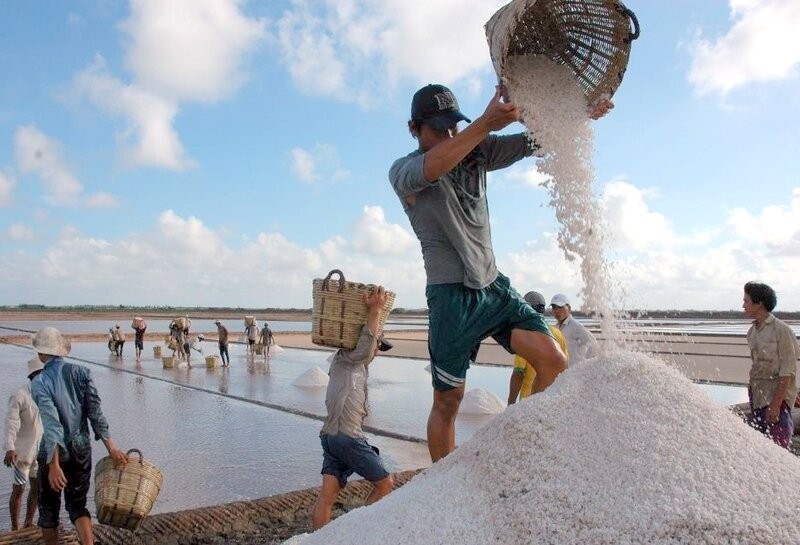
Deputy Minister of Agriculture and Environment Vo Van Hung commented that the early and increasingly severe climate change and extreme weather have strongly affected salt production, including industrial salt and salt for human consumption, due to the low mechanised rate of rice fields and a lack of containers.
Salt is a heavy labor producing industry but has low income. Therefore, there is labor competition between the salt industry and other industries. Due to low salt production income, some salt farmers have left their fields without producing to find other jobs with higher incomes.
According to the Ministry of Agriculture and Environment, it is necessary to invest in developing salt production in places with favorable natural conditions in a concentrated and large-scale manner, forming industrial salt production areas with modern technology, linking production with processing and reclaiming after-salt products and other economic sectors such as rural tourism and health care and beauty services. Develop the salt industry synchronously in the fields of: production, processing, preservation and consumption of salt, linking the shift in salt production structure with technological innovation, investing in upgrading salt copper infrastructure to improve productivity, quality and efficiency per unit area. The most important thing is to ensure livelihoods, increase income for salt workers, and get rich through salt production...


